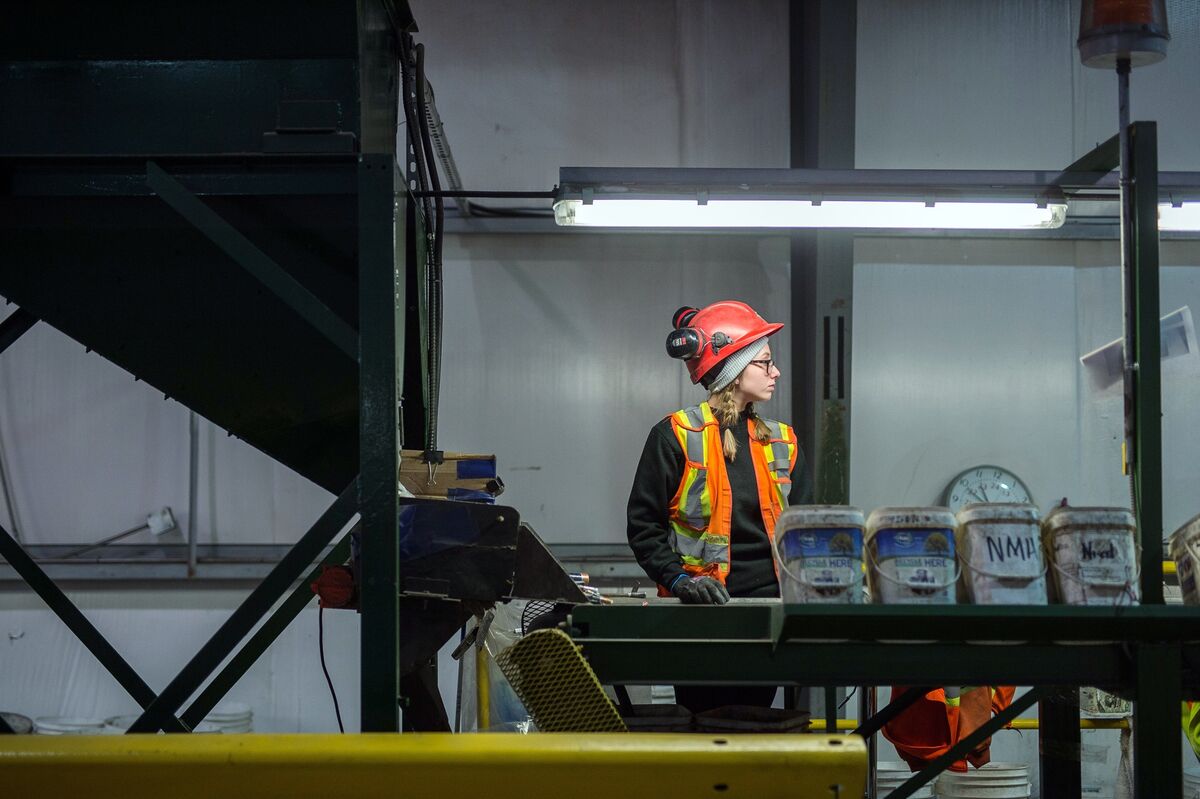
US jobs growth slowed down in June, with the economy adding 206,000 new jobs despite a revision of May's job gains to 218,000 from the previously reported 272,000. The unemployment rate edged up to 4.1%, while wage growth rose at its slowest for three years.
Analysts suggest that the Federal Reserve could cut interest rates later this year due to concerns over jobs data and inflation. Economists had forecasted that the US economy would add 190,000 jobs in June.
The Sahm Rule, an indicator of potential recession, has the three-month moving average of the jobless rate rising by at least a half-percentage point from its low during the previous 12 months. The unemployment rate has increased to 0.43 in June from 0.37 in May, which is the highest level since March 2021.
Claudia Sahm, creator of the rule and now chief economist at New Century Advisers, believes this could signal a recession.
Despite historically low unemployment levels, its rate of increase could be a sign of deteriorating economic conditions. The Fed has kept rates steady since July 2023 at 5.25%-5.5%, the highest since 2001.
Central banks around the world tend to follow the Fed's lead in cutting rates, although Bank of England governor Andrew Bailey has stated that 'there is no law that the Fed has to go first.'
The Federal Reserve meets again at the end of this month and is expected to remain on hold. However, odds are rising that a cut could happen in September.


